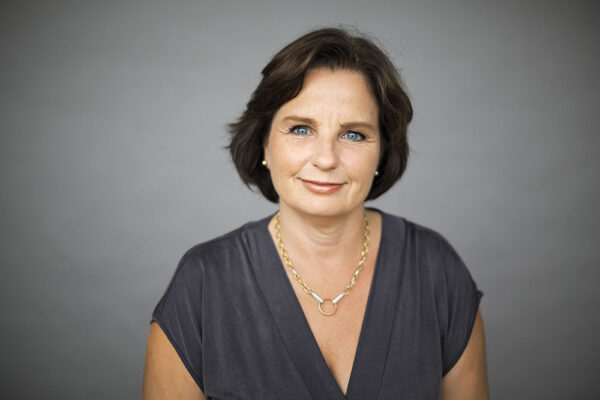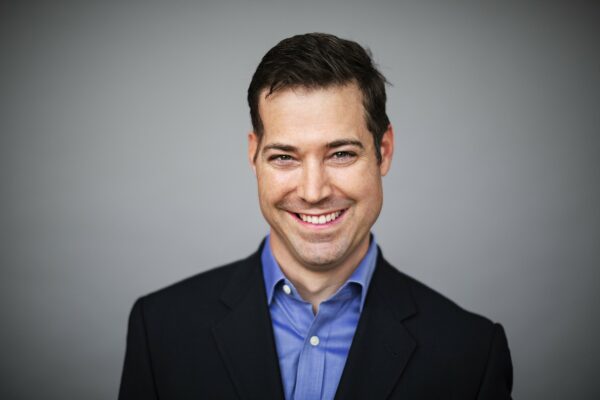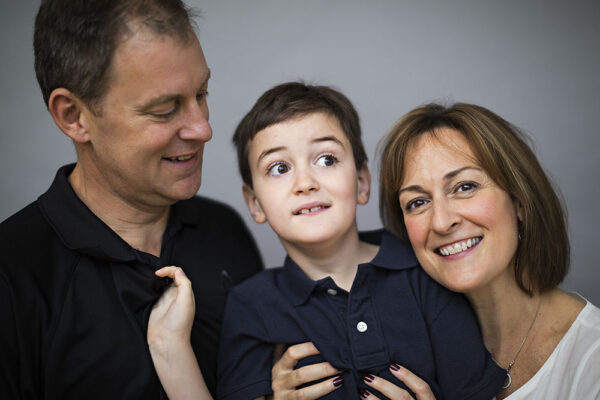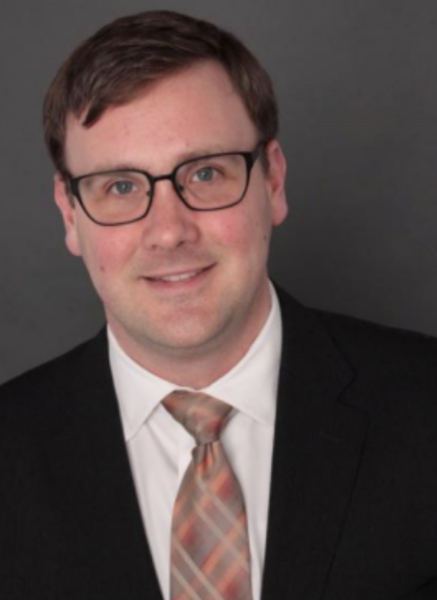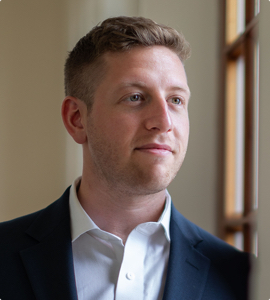Kelly Vandermel was in utter shock when her husband, Erik, suffered a fatal brain aneurysm. But she wasn’t at all surprised a few months later when her daughters,then just 14 and 11 years old, came to her with a plan to honor their father’s memoryby helping others affected by neurological issues. Now Justine and Julia designaffirmation bracelets and sell them online with all proceeds donated to the BRF.
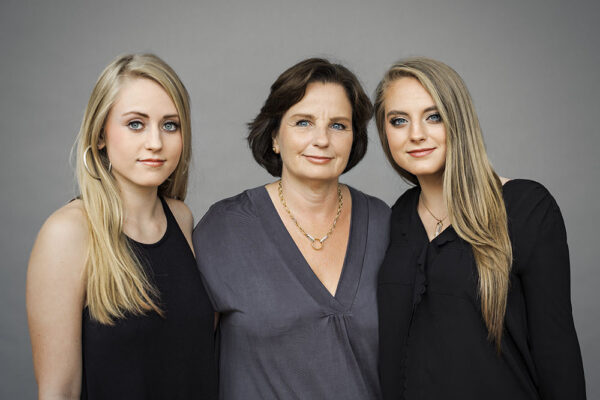
My mother taught me if you have two of something you should give one away. And if you have one of something and someone else needs it more, give that away, too.”
Kelly Vandermel
Difficult times
In October 2012, Erik died without warning from a massive brain aneurysm. Shock turned to panic when Kelly became concerned that Julia and Justine might be at risk, too. Luckily, testing proved otherwise.
Reaching out
About six months later, Justine and Julia approached their mother with a plan to help others in their father’s honor. Inspired by the support their friends had offered while grieving Erik’s death, the sisters wanted to create a line of affirmation bracelets that would encourage others touched by neurological challenges, and sell them online to raise funds for research.
Some might think their proposal a lot to take on for a high school freshman and a middle schooler. Kelly, who knew what her daughters were capable of, was immediately on board.
After considering a variety of organizations, all agreed: the BRF was the perfect fit. “We were impressed that 100% of every donation goes to research. I don’t know of any other organization able to say that,” Kelly said.
Supporting research and researchers
By supporting the BRF Julia, Justine, and Kelly are able to honor their father’s memory and also honor other family members and friends affected by neurological disorders, including Kelly’s mother who had Alzheimer’s disease. Not to mention the millions of others who stand to benefit from the research BRF funds. And there is still so much to learn. As Kelly put it, “The brain is literally at the center of our existence and yet we know so little about how it functions.”
Her daughters agreed. “We want everyone to know more about brain research and its importance. Everyone has a connection,” Julia said. “I don’t think researchers get the credit they deserve. They devote their lives to learning, to help other people,” Justine added. A fine example set by two young women in following their parents’ footsteps.
“I would like to believe that the foundation that Erik and I provided our daughters, and that I strive to maintain, gives them the strength they need to survive and thrive,” Kelly said.
